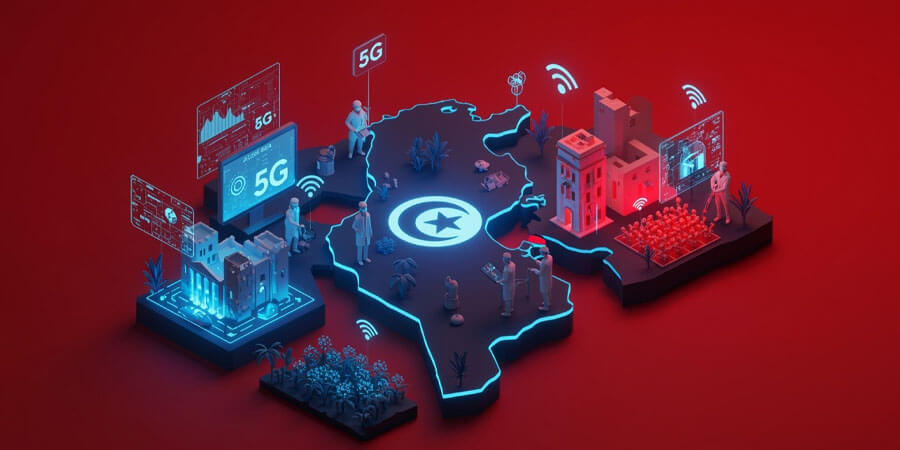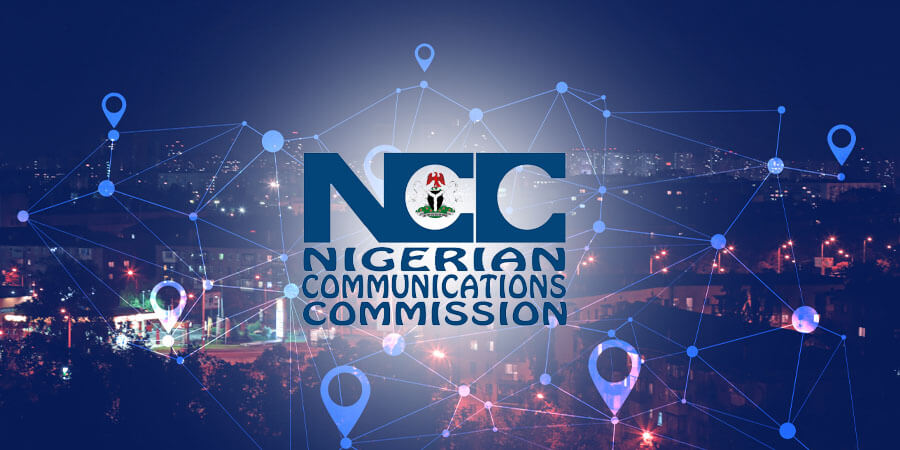The telecom industry is the backbone of modern communications. It provides the infrastructure for voice, video, and data transmission, which are essential to a thriving economy. Businesses that depend on these services need all the help they can get in order to stay competitive, and those that want to stay competitive will need to adapt as well. One way to do this is through new technology that makes it easier for customers to interact with your business and vice versa.
Telecom and E-Business systems are two of the most important aspects of a business’s operations, which is why they should be carefully selected and implemented. They're designed to work together, so you can manage all the details of your business from a single platform.
There are two main types of telecom systems: common carrier service (called also a private line) and switched network service. A common carrier service is used by businesses that need to transmit large amounts of data quickly over long distances, such as for file transfers between offices or for transmitting video files. Switched network services work better for small businesses that need to share information across their own networks. E-business systems allow companies with different locations around the world to communicate easily through email, instant messaging apps like WhatsApp or Skype, and online video conferencing tools such as Zoom or Google Hangouts, etc.
As for Africa, according to Statista, the e-commerce market grew at a CAGR of around 40% during 2015-2020; during 2020, the revenue generated by online shopping in the continent was estimated to be around $27.97 billion, an increase of over 6 billion since 2019. According to estimates made by Statista, the e-commerce revenue in Africa will keep increasing between 2021 and 2025. In 2025, the whole e-commerce sector in Africa might reach a value of over $46.1 billion.
Some of the Advantages
Telecom and E-Business systems are used to improve business processes, increase productivity and reduce operational costs. They enable companies to focus on what they do best while outsourcing their IT needs. Advantages of telecom and e-business systems include:
- Reducing costs by outsourcing certain processes or functions: Businesses can reduce their operating costs by using telecommunications systems in e-business. Using automated machines, for instance, reduces the amount set aside for wages and salaries since there is less need for physical labor. Additionally, businesses can save on phone, paper, and postage costs by using the internet for communication, such as email.
- Improving customer satisfaction by providing better customer service: The application of telecommunications systems allows the business to improve its customer service. Online ordering and transactions, for example, provide a fast and reliable means of sending goods and services to a wider market. Online payment systems improve the process of cash transactions and reduce the costs incurred; for example, reduction in interest charges and bank fees.
- Boosting marketing strategy: An organization can use an Internet website to market its goods or services to a wider Internet audience by using e-business. With the growing online community, businesses can market their company to a wider audience and get new clients. A website allows customers to have uninterrupted access to your business details and carry out transactions. The business benefits are thus generated from increased sales and reduced advertising costs as compared to the use of traditional advertising avenues.
- Accessing a wider market: A business can reach a wider client base by utilizing telecommunication systems in e-business. Marketing can be tailored for a variety of clients who visit the website. In addition, the enterprise can design its marketing strategy to center on a certain locality in order to establish a strong local market. In addition, telecommunication systems allow businesses to expand their services to the national or international market, resulting in increased sales and profits.
The only disadvantage is that telecom systems are expensive because they require a lot of equipment such as hardware components, namely cables/wireless devices, software licenses, etc.
E-commerce is here to stay, so planning strategies and investing in robust solutions are essential components. As telecom evolves, telecom retailers who value e-commerce and make the most of its tools available will rise above the rest.










































